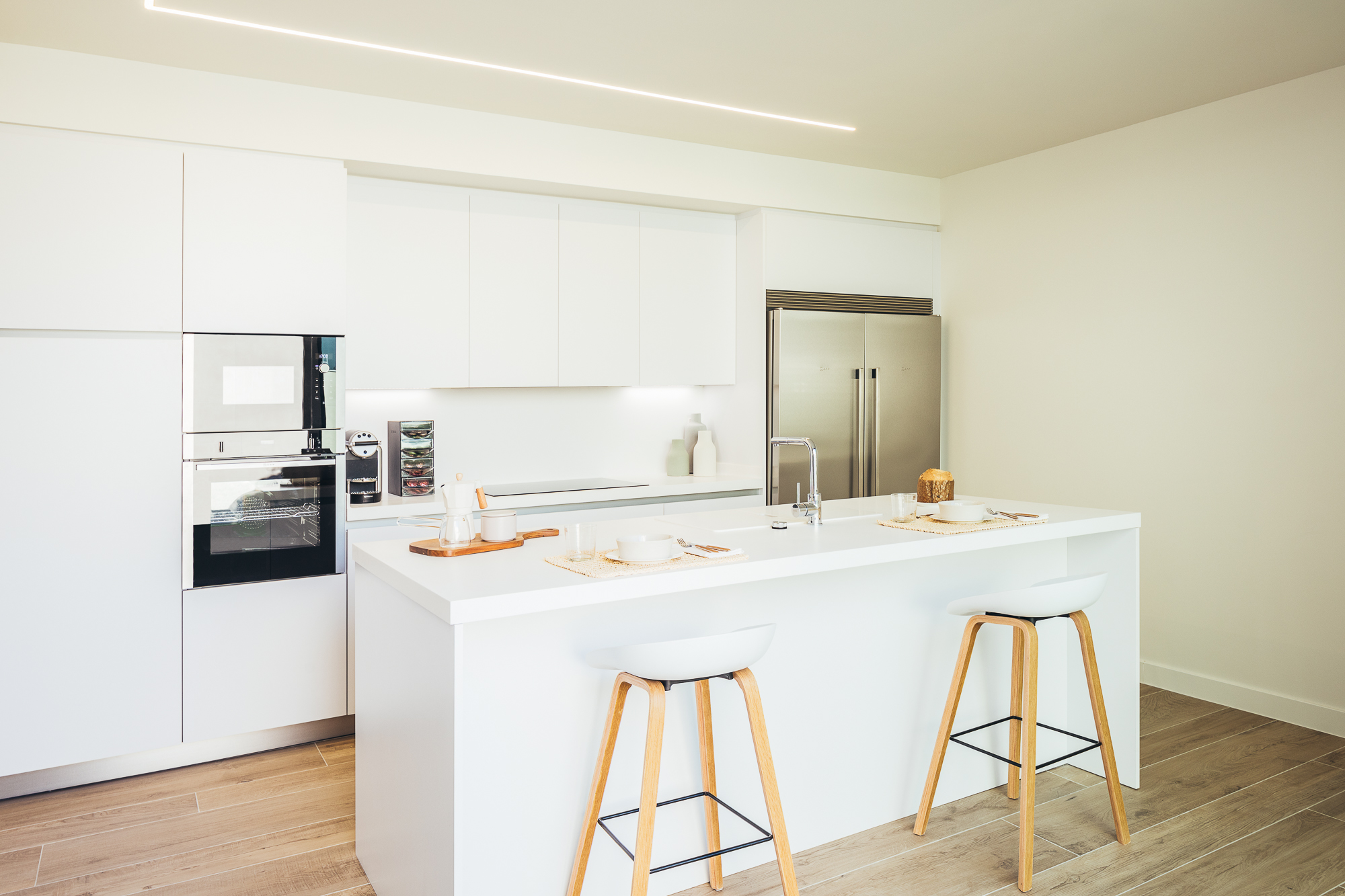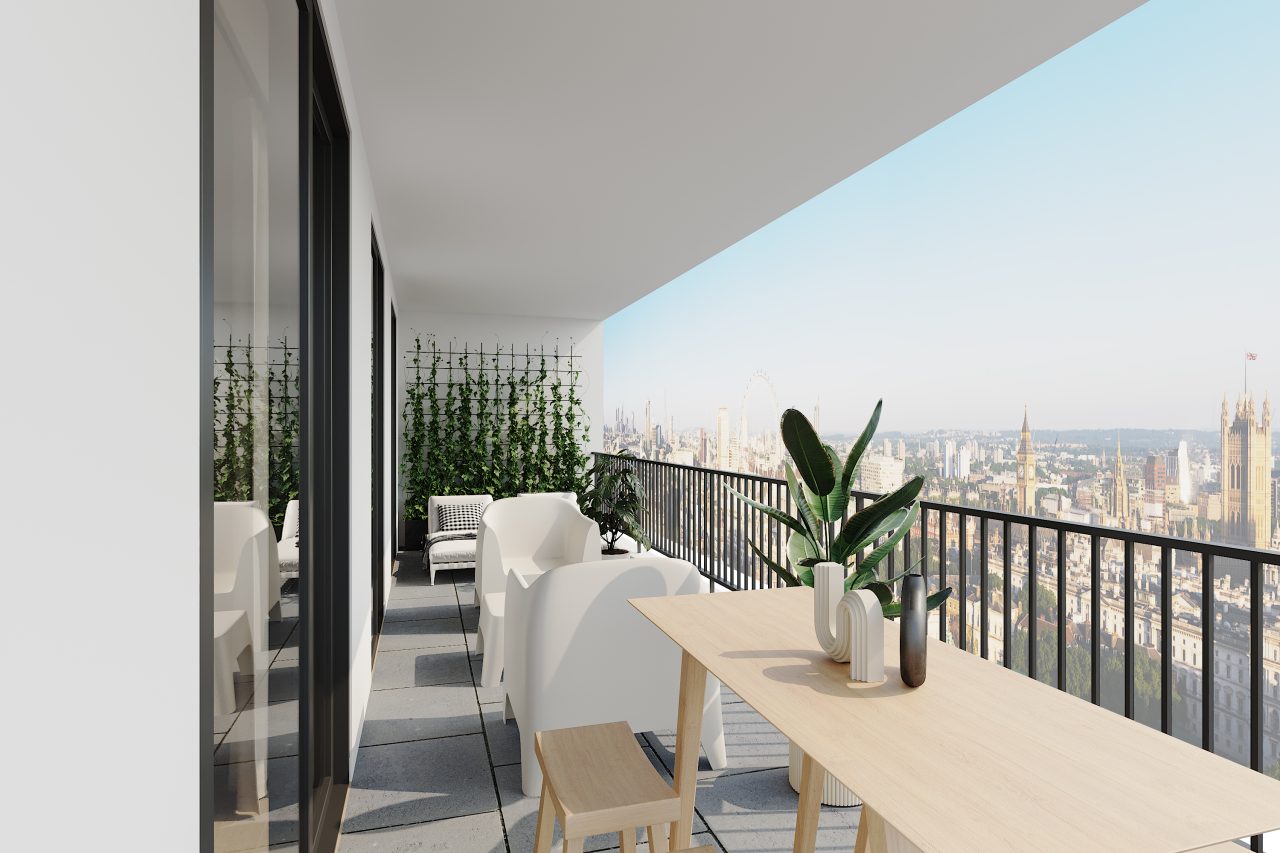1. Virtual Reality (VR) Tours
Virtual Reality (VR) will revolutionize property viewing with immersive, 360-degree tours. Buyers can explore homes in detail from anywhere with a VR headset, saving time and broadening the market reach. Technologies including nerfs and gaussian splatting have already created strong user cases across ecommerce platforms. These will become more compelling across real estate and architecture in the coming years.
Interactive Floor Plans
Future floor plans will be fully interactive, allowing users to explore rooms in 3D, measure dimensions, and customize design elements. This makes understanding a property’s layout and flow much easier.
Augmented Reality (AR) Enhancements
Augmented Reality (AR) overlays digital information onto the real world, enhancing property visits. Buyers can use smartphones to see details like square footage, renovations, and potential remodeling ideas, helping them visualize living in the space. The below image is a link to a Polycam scan, which showcases the ability of a viewer to navigate a space based on a recent scan.
AI-Driven Virtual Staging
Artificial intelligence (AI) enables sophisticated virtual staging, generating hyper-realistic images of furnished spaces. This helps buyers visualize empty properties in various styles, making it easier to see the potential of a space.
Enhanced Data Visualization
Advanced data visualization tools will offer interactive maps with local amenities, school ratings, crime statistics, and real-time market trends. These tools provide buyers with comprehensive insights into neighborhoods.
Conclusion
The future of real estate visuals blends VR, AR, drones, AI, and interactive technologies. These innovations create deeper, more meaningful connections between buyers and properties, setting new standards for real estate marketing and enhancing the buying process. The visual revolution in real estate is here, transforming the industry one pixel at a time.








